Revised | Originally Published: May 7, 2022 @ 7:00 pm
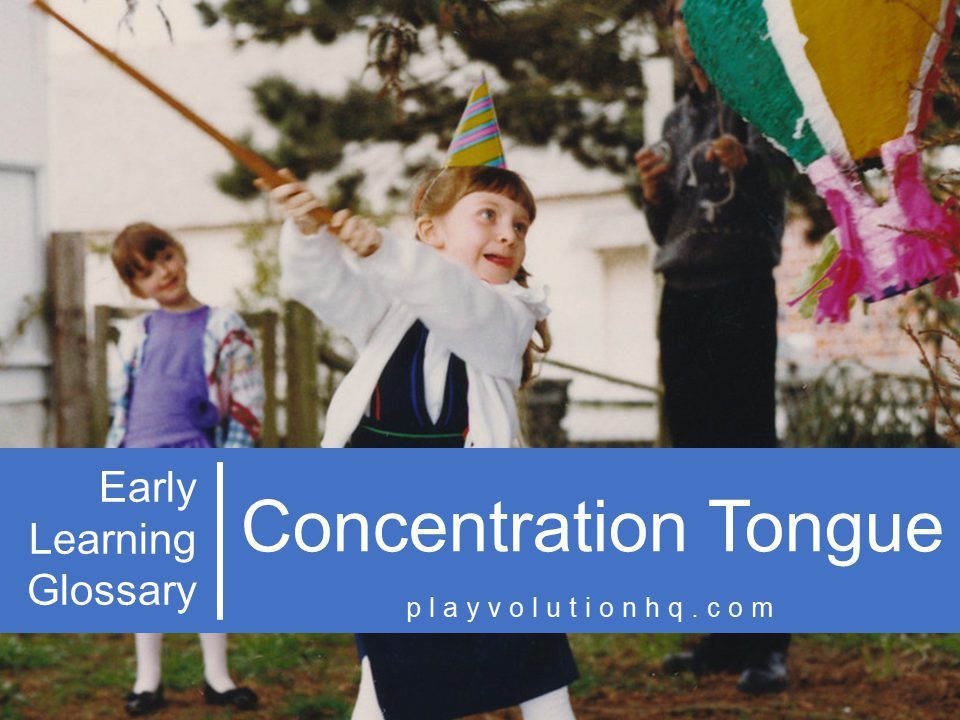
Table of Contents
If you regularly observe children intently focused on activities like whacking piñatas, washing dishes, using scissors, and rock climbing, you’ve probably seen Concentration Tongue. Concentration Tongue is the act of unintentional tongue protrusion while deeply absorbed in a task.
Usage examples
Here are some examples of the phrase:
- “Look at the concentration tongue on Bethany, she’s so focused on rolling play dough balls and snakes.”
- “Ben’s concentration tongue was out of control while he was climbing up the slide. I swear it was almost up his left nostril.”
- “I’ve noticed a lot more concentration tongue in the craft area since we started focusing on process over product. The kids are much more engaged.”

Why Does It Happen?
It’s not entirely clear, from what I can tell. Motor overflow is one possible reason for this phenomenon. Basically, when Bethany is rolling play dough, or Ben is climbing up the slide, the neurons in the brain area focused on dexterity are firing at such a rate that they call in nearby brain cells to help with the load. Those nearby cells happen to control the mouth.
If neurons could talk, I imagine it’d sound something like this:
Neuron 1: She’s so focused on swooshing her hands around to make a ball that we’re operating at 100% over here. Can you give us some help?
Neuron 2: Hey, buddy, we’d love to help, but we’ve got our axons full, keeping her tongue from flopping around. Best of luck!
Neuron 1: Damn the tongue! Help us!
Neuron 2: Ok. OK! Don’t get your dendrites in a bunch. We’ll help. We’ll help.
Another theory concerns the strong connection between the hands, mouth, and language centers in the brain.
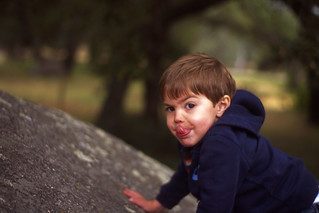
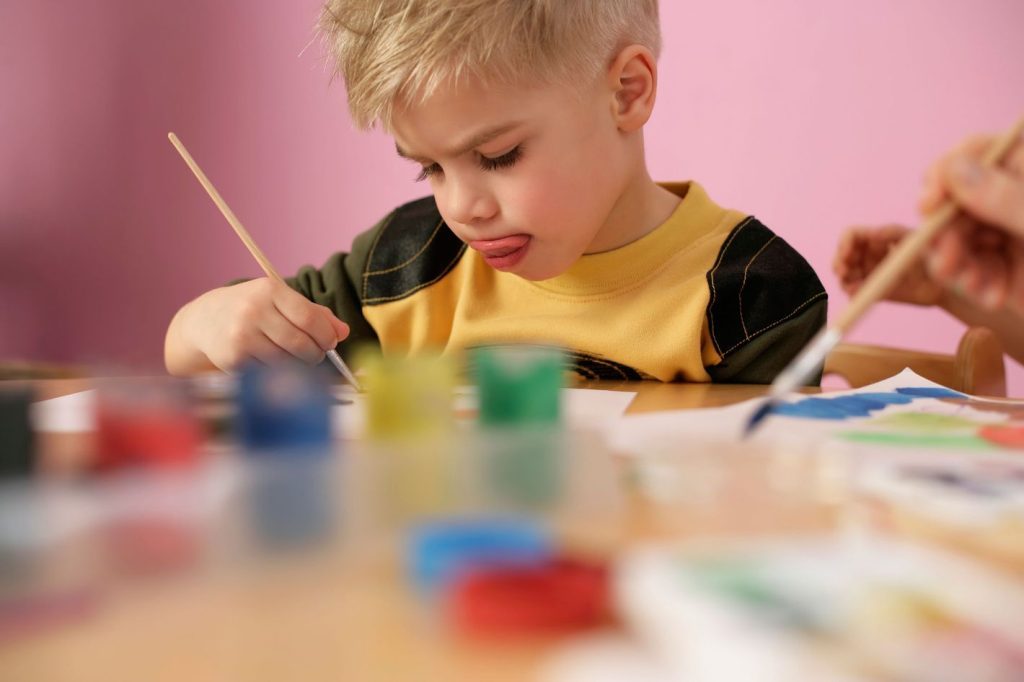

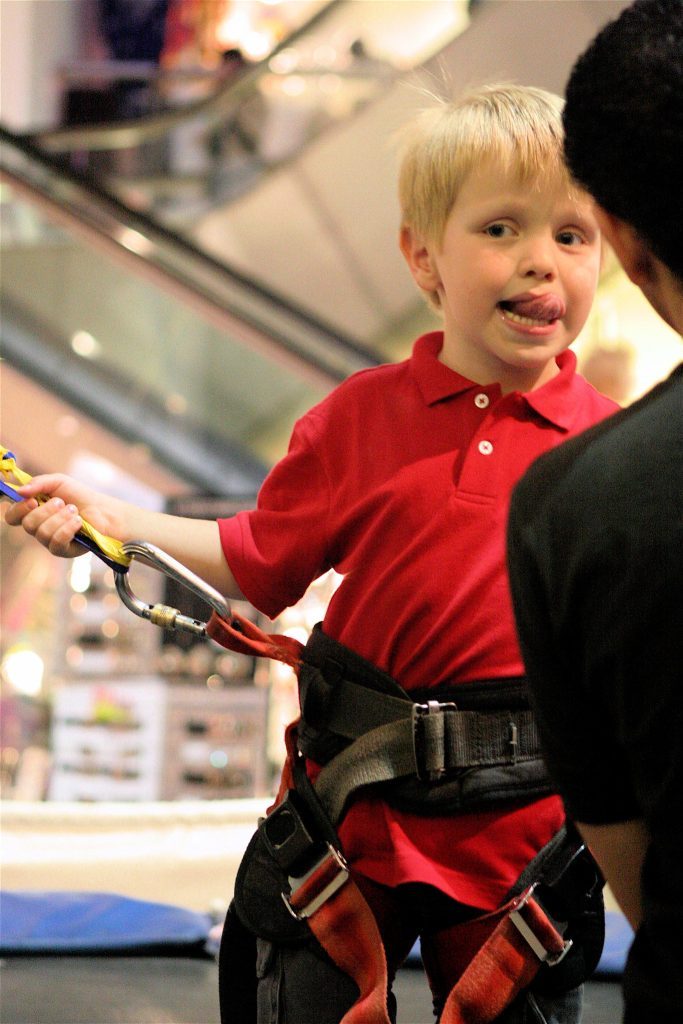

Whatever the cause, concentration tongue seems to be a good indicator of a busy brain.

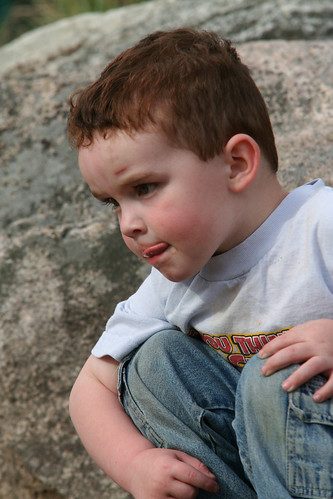
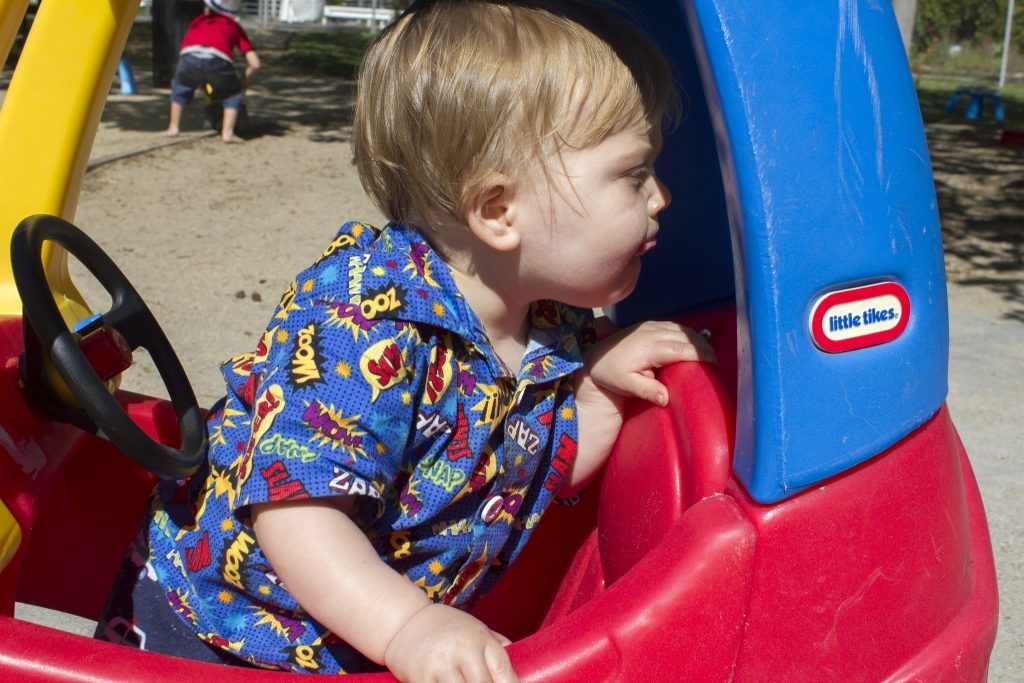
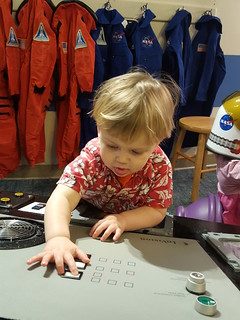

Adults Display Concentration Tongue Less Frequently
Below is an image of Child Care Bar And Grill podcast cohost and contributor to Playvolution HQ, Samantha, letting a bit of concentration tongue slip while focusing on a sewing project in her classroom.
Concentration tongue occurs much less often in adults. It’s likely that this is because the physical activities that cause it in children are automated in adults. Rolling play dough balls doesn’t take so much processing power in adults because we’ve mastered the skill. Or, maybe we’re just more self-conscious about our tongues.
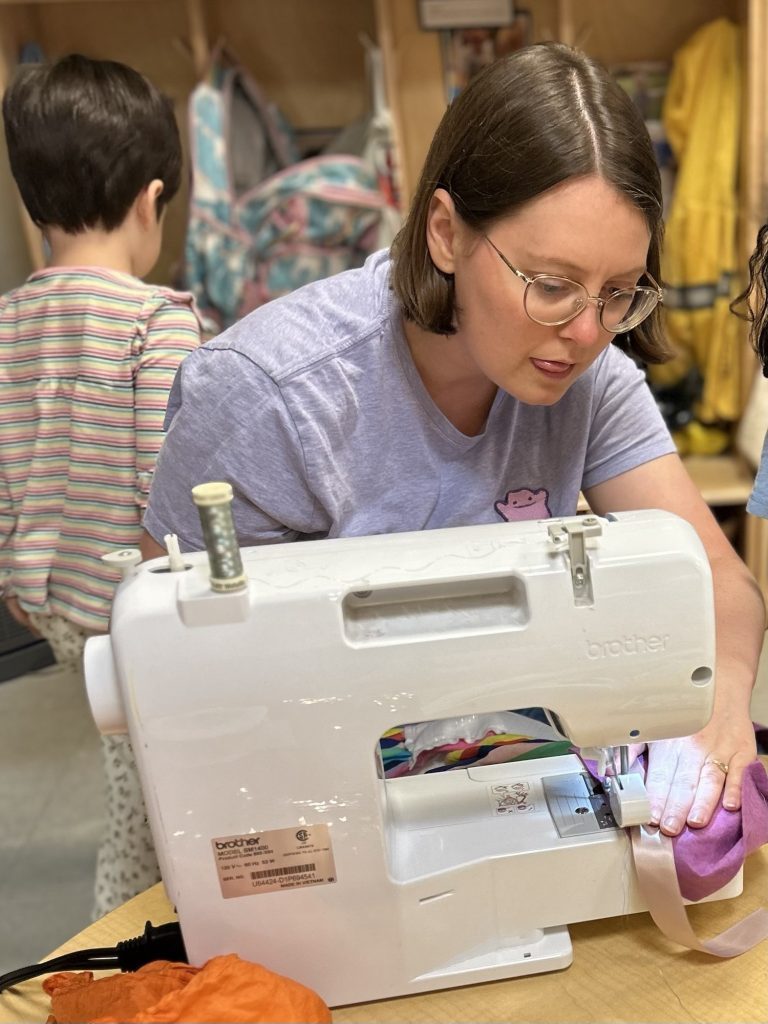
Concentration Tongue-Friendly Environments
My experience is that tongue-tips are more likely to protrude in truly play-based and child-led early learning settings. These environments allow kids plenty of freedom, time, and support. That triad can lead to deep concentration and learning. All early learning settings should make it their mission to create concentration tongue-friendly spaces for kids. This Child Care Bar And Grill podcast episode digs into concentration tongue.
Contribute content to Playvolution HQ
Brought to you by Explorations Early Learning
Thoughts On This Entry?
I’d love to hear your thoughts on improving this entry and suggestions for additional glossary additions in the comments below. You can also contact me with comments or concerns.
Browse Trainings
Post Author
Jeff Johnson is an early learning trainer, podcaster, and author who founded Explorations Early Learning, Playvolution HQ, and Play Haven.


Leave a Reply